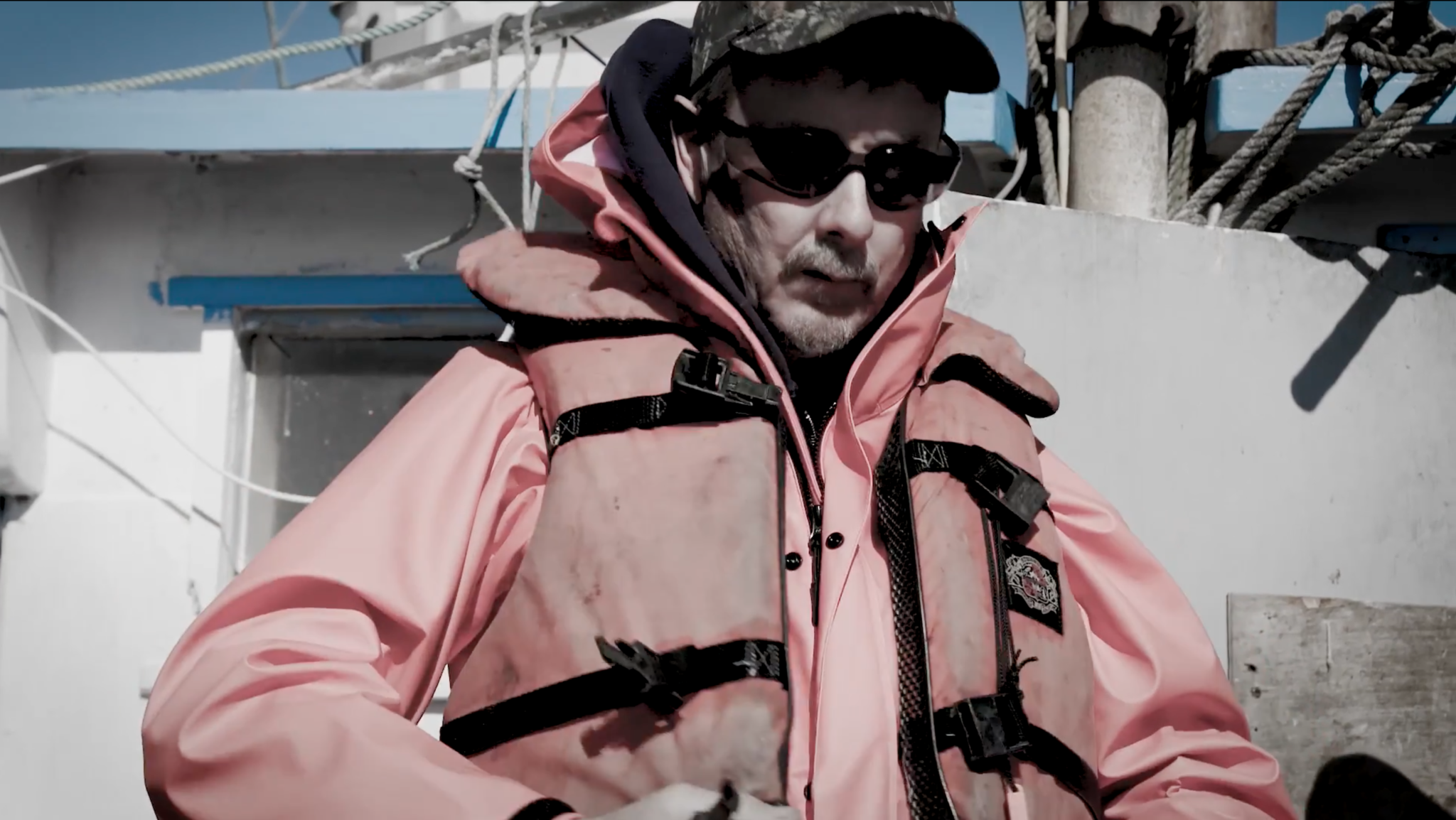November 19, 2018
Man overboard cases down by half; still No. 2 killer

Fisherman Stan Jones puts on his life vest in a National Institute for Occupational Safety and Health recounting his at-sea survival story. Screenshot from NIOSH video.
Fisherman Stan Jones puts on his life vest in a National Institute for Occupational Safety and Health recounting his at-sea survival story. Screenshot from NIOSH video.